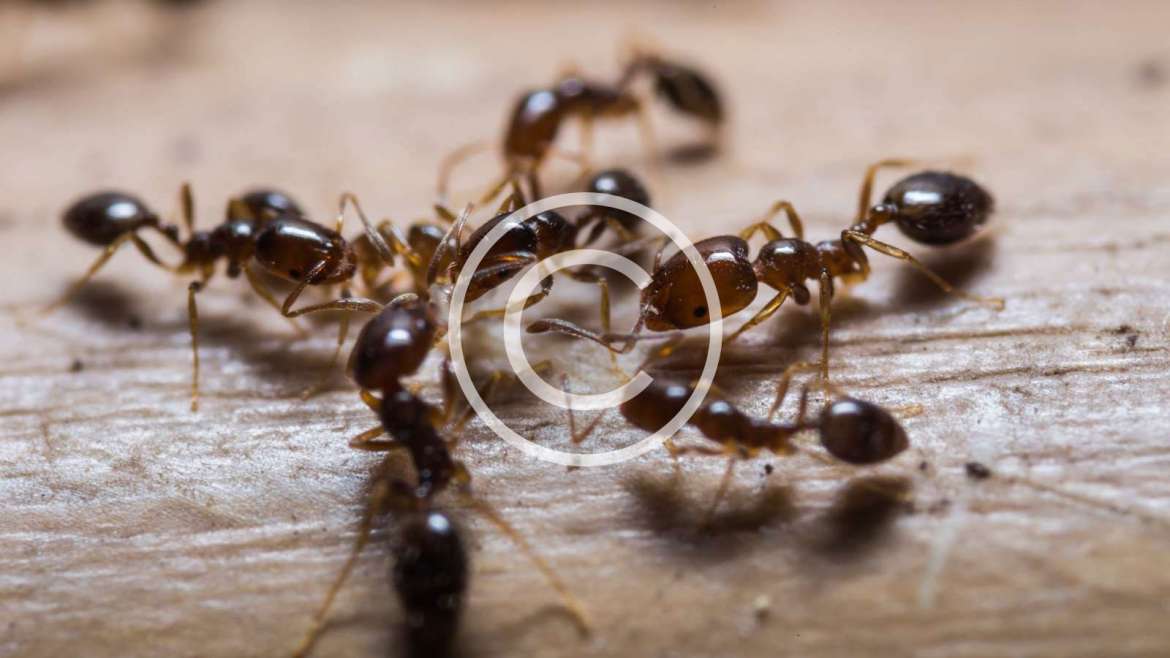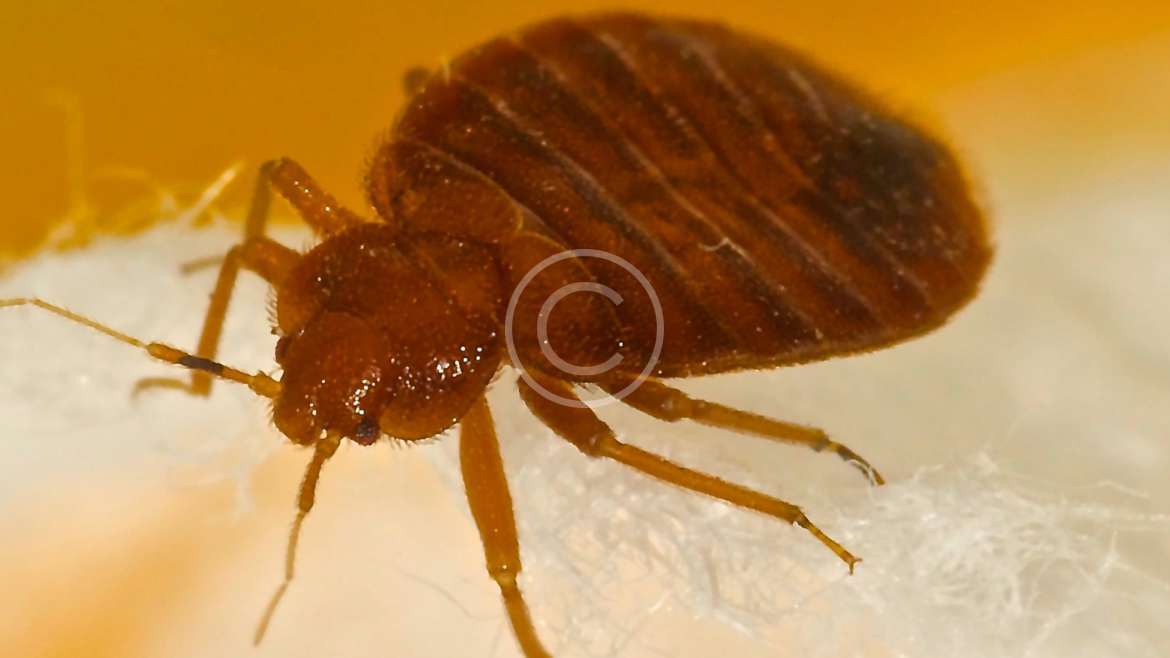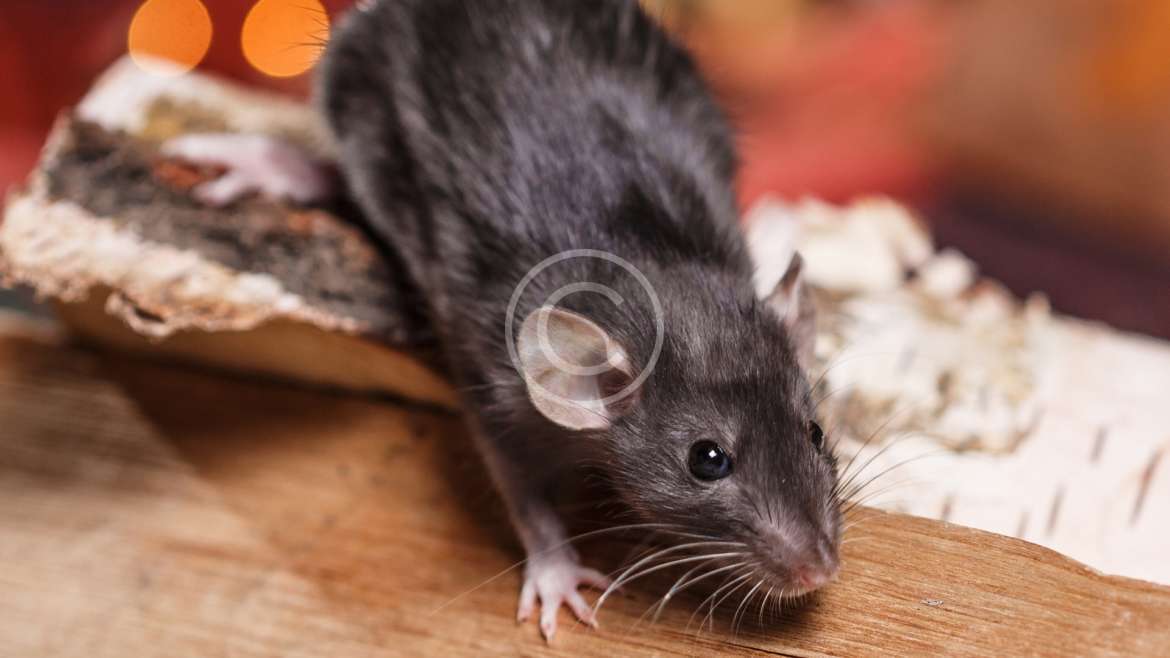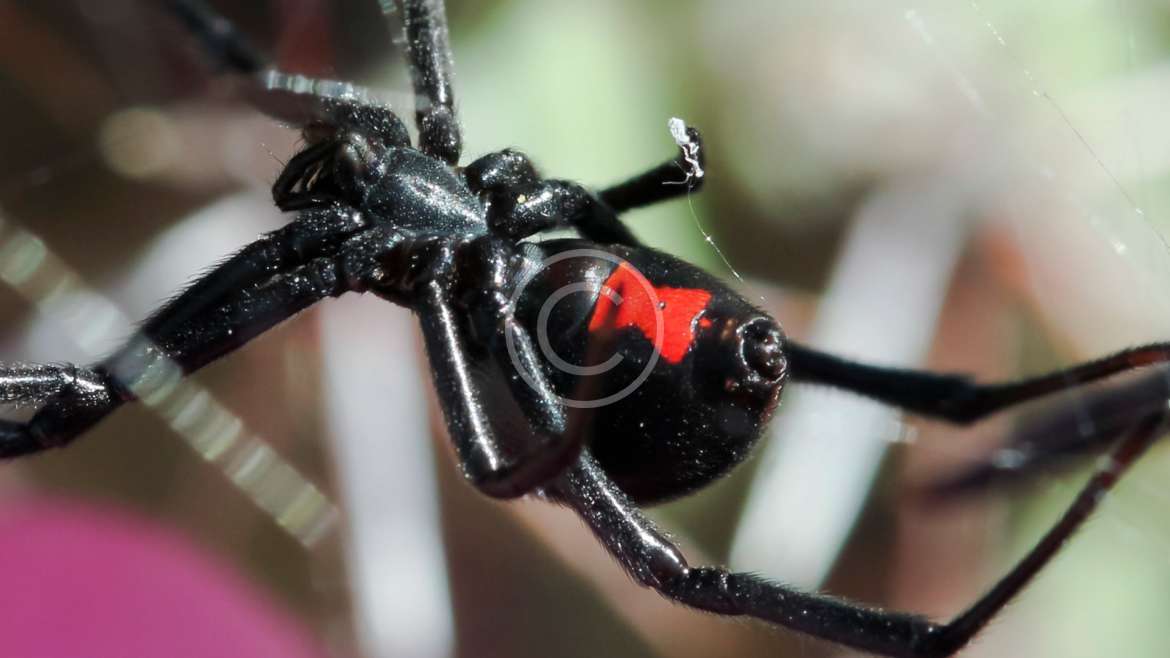Appearance
Blow flies are regularly metallic in appearance, with fluffy hairs on the terminal antennal portions of the guys. Grown-up blow flies have wipe like mouth parts, while larvae have snare like mouth parts.
Conduct, Diet and Propensities
Blow flies have a place with the Family Calliphoridae of flies under the Request Diptera. To date, there are around 80 types of blow flies in North America.
Blow flies are pulled in to rotting meat and are commonly the first living beings to come into contact with dead creatures. The meat of dead creatures is vital for larval survival and development. They are additionally pulled in to plants that radiate the scent of spoiling meat and in that capacity, can be a pollinator for those plants.
Proliferation and Life Cycle
life cycle diagram
Hatchlings or Larvae
Female blow flies regularly lay their eggs on rotting meat, where hatchlings hatch inside of a couple of hours to a couple of days relying upon species. These hatchlings experience three stages inside of a few days, after which they leave their sustenance source and pupate in soil. Inside of a couple of days, the pupation will be finished, and soon thereafter they rise as grown-ups.
Appearance
Blow fly hatchlings are otherwise called larvae. Measuring 9 to 22 mm long, hatchlings are furnished with snare like mouthparts and spiracles for relaxing. They are delicate and pale in shading and seem like worms or grains of rice. Every body fragment of the blow fly hatchling has a middle line of beefy tubercles that look like hair.
Blow fly hatchlings are for the most part seen close dead creatures. Blow fly eggs are laid in decaying meat, where hatchlings encourage and finish their improvement before looking for a dry area inside which to pupate. In the wake of developing, hatchlings make external skins, known as puparia, that look like rodent droppings or cockroach egg cases. Pupae create inside of the puparium, developing into grown-up blowflies.
Diverse types of blow flies are dynamic at distinctive times: the Calliphora vomitoria are most normally found on remains amid cooler months, while the Phaenicia sericata are more dynamic in hot seasons. Different species flourish more in the shade, while some require hot temperatures to finish the hatchling formative stage.
Indications of a Blow Fly Infestation
The most widely recognized indications of blow flies are either the grown-ups themselves or their hatchlings. The grown-ups may be seen laying on surfaces or humming around potential nourishment or smell sources. The hatchlings may be watched when they slither out of the reproducing material to pupate.
















